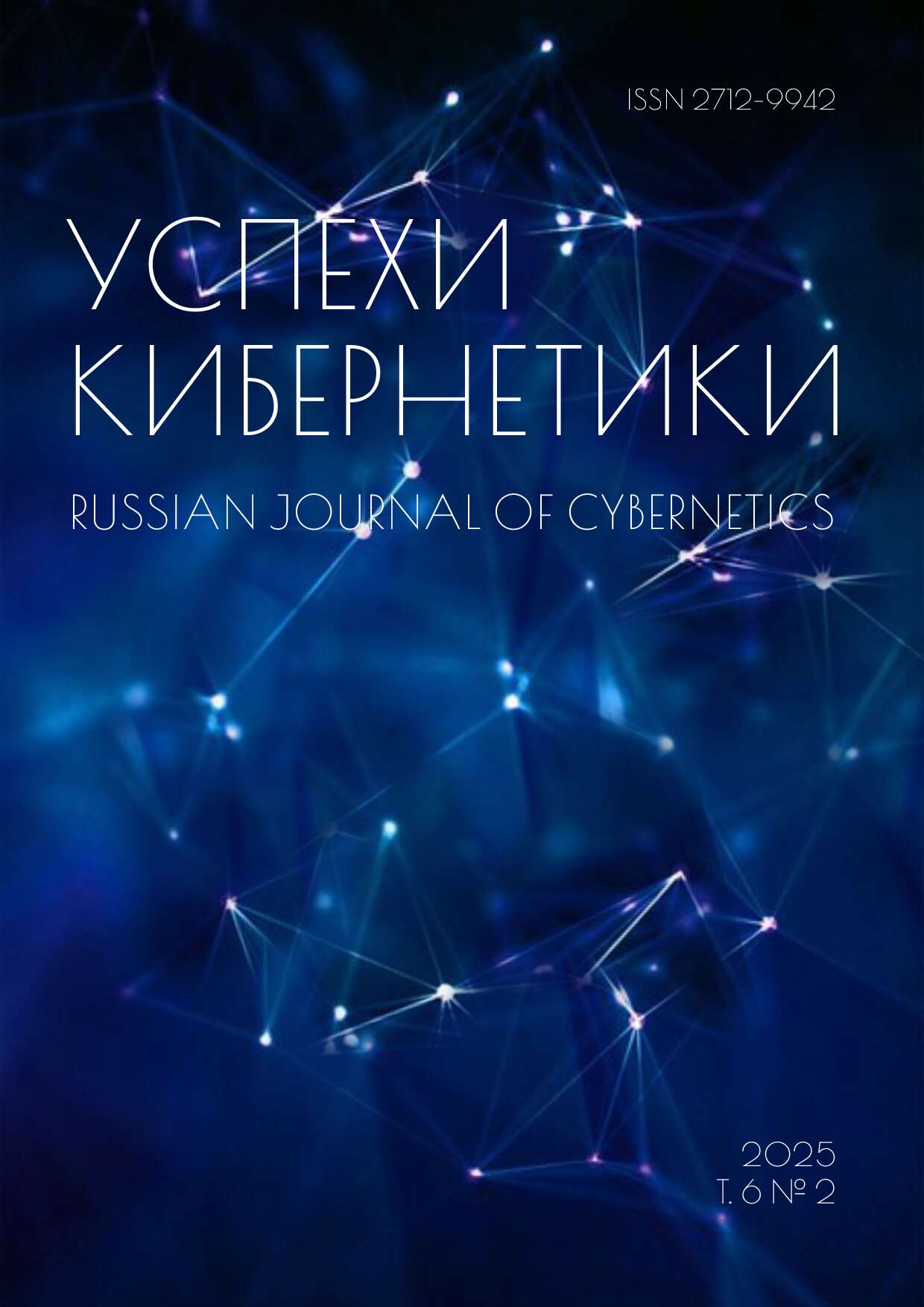Abstract
we examined existing algorithms for preparing models for 3D printing and provided an overview of the key software tools used in this process. We also explored the potential of printing with unconventional materials, such as chocolate. Using one of the programs as a case study, we analysed model preparation algorithms and categorised them based on their functions. In addition, we reviewed common industry practices and discussed promising developments and solutions at various stages of the workflow. We proposed and described methods for testing printed models to evaluate the performance of new algorithms. Furthermore, we assessed the pace of algorithm development and identified key barriers to progress in 3D printing, including commercial restrictions and the lack of publicly available research due to closed-source development. Based on our review, we conclude that improving algorithms for model preparation can enhance the quality of printed products without significantly increasing production costs.
References
Лисяк В. В. Обзор слайсеров для 3D-печати. Известия ЮФУ. Технические науки. 2022;3:60-74.
Смирнов М. А., Рыбкин Н. О., Ксенофонтова О. Л. FDM-технология: особенности применения, преимущества, недостатки. Проблемы экономики, финансов и управления производством: сборник научных трудов вузов России. 2021;48:115-122.
Kohout K. PrusaSlicer 2.9.1: Smarter Sequential Printing and Stronger Multi-Material Interlocking. Режим доступа: https://blog.prusa3d.com/prusaslicer-2-9-1-smarter-sequential-printing-stronger-multimaterial-interlocking_111458.
Benedict O’Neill. Orca Slicer vs. Cura: A Technical and Practical Comparison. Режим доступа: https://www.wevolver.com/article/orca-slicer-vs-cura-a-technical-and-practical-comparison.
Athira V. A., Udayarajan C. T., Goksen G., Brennan C. S., Nisha P. A Brief Review on 3D Printing of Chocolate. International Journal of Food Science and Technology. 2023;58(6):2811-2828. DOI: 10.1111/ijfs.16415.2023.
Suiker A. S. J. Mechanical Performance of Wall Structures in 3D Printing Processes: Theory, Design Tools and Experiments. International Journal of Mechanical Sciences. 2018;137:145-170. DOI: https://doi.org/10.1016/j.ijmecsci.2018.01.010.
David O. K. Austin Colon Injection Printing: Additive Molding Via Shell Material Extrusion and Filling. Additive Manufacturing. 2020;36:101469. DOI: https://doi.org/10.1016/j.addma.2020.101469.
Балашов А. В., Черданцев А. О., Новиковский Е. А., Ананьин С. В., Белоплотов С. В. Исследование прочности изделий, полученных методом 3D-печати. Ползуновский вестник. 2016;2:61-64.
Aboelella M. G., Ebeid S. J., Sayed M. M. Layer Combination of Similar Infill Patterns on the Tensile and Compression Behavior of 3D Printed PLA. Scientific Reports. 2025;15:11759. DOI: https://doi.org/10.1038/s41598-025-94446-8.
Tronvoll S. A., Popp S., Elverum C. W., Welo T. Investigating Pressure Advance Algorithms for Filament-Based Melt Extrusion Additive Manufacturing: Theory, Practice and Simulations. Rapid Prototyping Journal. 2019;25(5):830-839. DOI: https://doi.org/10.1108/RPJ-10-2018-0275.
Гавриленко Т. В., Горбунов Д. В., Востров В. А. Состояние и основные проблемы развития аддитивных технологий. Успехи кибернетики. 2024;5(2):75-83. DOI: 10.51790/2712-9942-2024-5-2-08.


